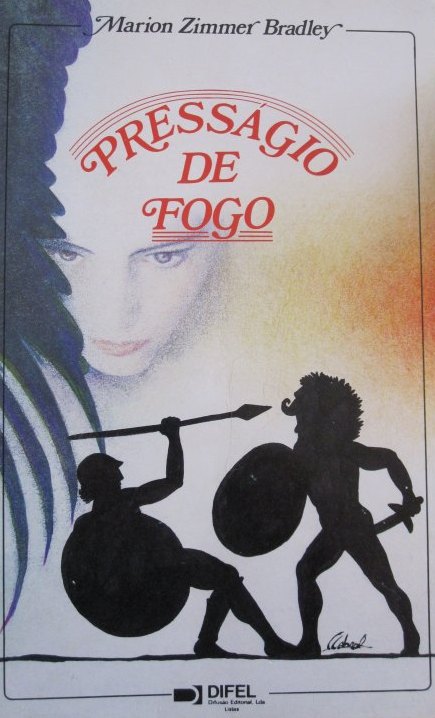

When Achilles returns to the fighting to avenge Patrocles' death and Agamemnon returns Briseis to him, Agamemnon swears to Achilles that he and Briseis never shared a bed. In the Iliad, Achilles loves Briseis, comparing their relationship with that of man and wife (he refers to her as his wife and bride often) and explicitly to that of Menelaus and Helen, which was, after all, what the war is about.Īchilles is angry at Agamemnon, and seethes with rage in his tent: understandably made furious by the thought of Agamemnon sleeping with Briseis. Despite Agamemnon's grand offers of treasure and women, he did not return to the fray until the death of Patroclus. His absence has disastrous consequences for the Greeks. This prompted a quarrel with Achilles that culminated with Briseis' delivery to Agamemnon and Achilles' protracted withdrawal from battle. When Achilles led the assault on that city during the Trojan War, her family died at his hands she was subsequently given to Achilles as a war prize.Īccording to Book 1 of the Iliad, when Agamemnon was compelled by Apollo to give up his own woman, Chryseis, he demanded Briseis as compensation. In Greek mythology, Briseis, a daughter of Briseus was a princess of Lyrnessus.

Her character lies at the center of a dispute between Achilles and Agamemnon that drives the plot of Homer's Iliad. 490 BC, Louvre (G 152).īrisēís ( Greek: Βρισηΐς also known as Hippodameia Greek: Ἱπποδάμεια) was a mythical queen in Asia Minor at the time of the Trojan War. We appreciate your support of the preservation process, and thank you for being an important part of keeping this knowledge alive and relevant.Briseis and Phoenix, red-figure kylix, ca. Scholars believe, and we concur, that this work is important enough to be preserved, reproduced, and made generally available to the public. Within the United States, you may freely copy and distribute this work, as no entity (individual or corporate) has a copyright on the body of the work.As a reproduction of a historical artifact, this work may contain missing or blurred pages, poor pictures, errant marks, etc. Therefore, you will see the original copyright references, library stamps (as most of these works have been housed in our most important libraries around the world), and other notations in the work.This work is in the public domain in the United States of America, and possibly other nations.

This work was reproduced from the original artifact, and remains as true to the original work as possible. This work has been selected by scholars as being culturally important, and is part of the knowledge base of civilization as we know it.


 0 kommentar(er)
0 kommentar(er)
